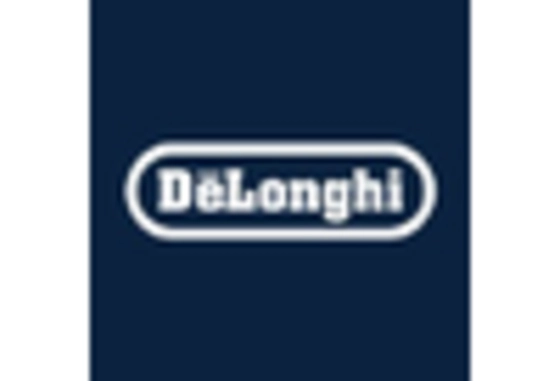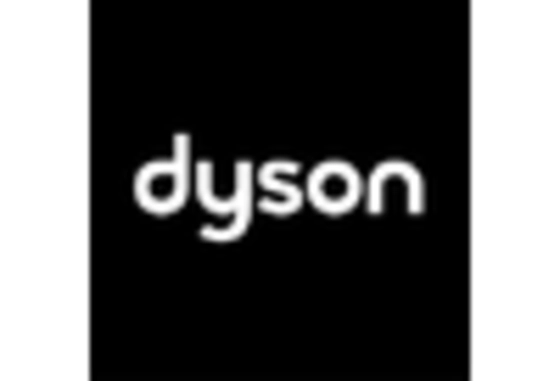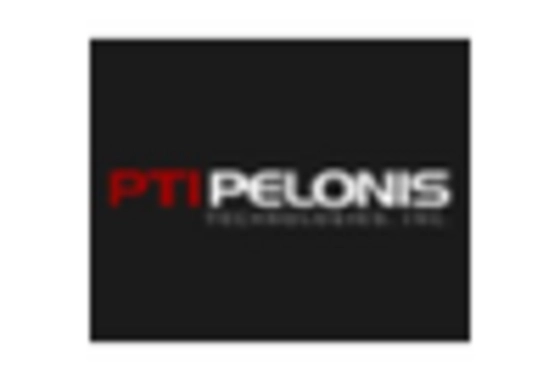Rising Energy Costs
The Space Heater Market is experiencing a notable surge in demand due to rising energy costs. As consumers seek more efficient heating solutions, space heaters present an attractive alternative to traditional heating systems. The average household energy expenditure has increased, prompting individuals to explore cost-effective options. In 2025, it is estimated that the market for space heaters will grow by approximately 8 percent, driven by the need for energy-efficient heating solutions. This trend indicates a shift in consumer behavior, where individuals prioritize affordability and efficiency in their heating choices. Consequently, manufacturers are responding by innovating and enhancing the energy efficiency of their products, further propelling the Space Heater Market forward.
Environmental Concerns
Growing environmental awareness is influencing consumer choices within the Space Heater Market. As individuals become more conscious of their carbon footprint, there is a rising demand for eco-friendly heating solutions. Space heaters that utilize renewable energy sources or are designed for energy efficiency are gaining traction among environmentally conscious consumers. In 2025, it is anticipated that the market for energy-efficient space heaters will expand significantly, as consumers prioritize sustainability in their purchasing decisions. This shift not only reflects a change in consumer preferences but also encourages manufacturers to innovate and produce environmentally friendly products. Consequently, the Space Heater Market is likely to see an increase in the availability of eco-friendly options, catering to the growing segment of environmentally aware consumers.
Increased Urbanization
Urbanization is a significant driver of the Space Heater Market, as more individuals migrate to urban areas where space is often limited. In densely populated cities, the demand for compact and efficient heating solutions is on the rise. Space heaters offer a practical solution for urban dwellers who may not have access to central heating systems. The trend of urban living is expected to continue, with projections indicating that by 2025, over 55 percent of the population will reside in urban areas. This demographic shift creates a substantial market for space heaters, as consumers seek versatile and portable heating options that cater to their unique living situations. As a result, manufacturers are likely to focus on developing products that align with the needs of urban consumers, thereby enhancing the Space Heater Market.
Technological Innovations
Technological advancements are playing a pivotal role in shaping the Space Heater Market. The integration of smart technology into space heaters is becoming increasingly prevalent, allowing consumers to control their heating systems remotely through mobile applications. This innovation enhances user convenience and energy efficiency, as consumers can adjust settings based on their schedules. In 2025, it is projected that the market for smart space heaters will witness substantial growth, driven by the increasing adoption of smart home technologies. As consumers seek more integrated and user-friendly heating solutions, manufacturers are likely to invest in research and development to create innovative products that meet these demands. This trend indicates a promising future for the Space Heater Market, as technology continues to redefine consumer expectations.
Seasonal Demand Fluctuations
Seasonal demand fluctuations significantly impact the Space Heater Market, particularly during colder months. As temperatures drop, consumers are more inclined to invest in heating solutions to maintain comfort in their homes. This seasonal trend creates a surge in sales for space heaters, with the market typically experiencing peak demand from October to March. In 2025, it is expected that the market will continue to reflect these seasonal patterns, with manufacturers preparing for increased production to meet the heightened demand. Additionally, promotional strategies during the winter months may further stimulate sales, as retailers capitalize on the urgency for heating solutions. This cyclical nature of demand underscores the importance of strategic planning within the Space Heater Market, as companies must align their operations to effectively respond to seasonal variations.

















Leave a Comment